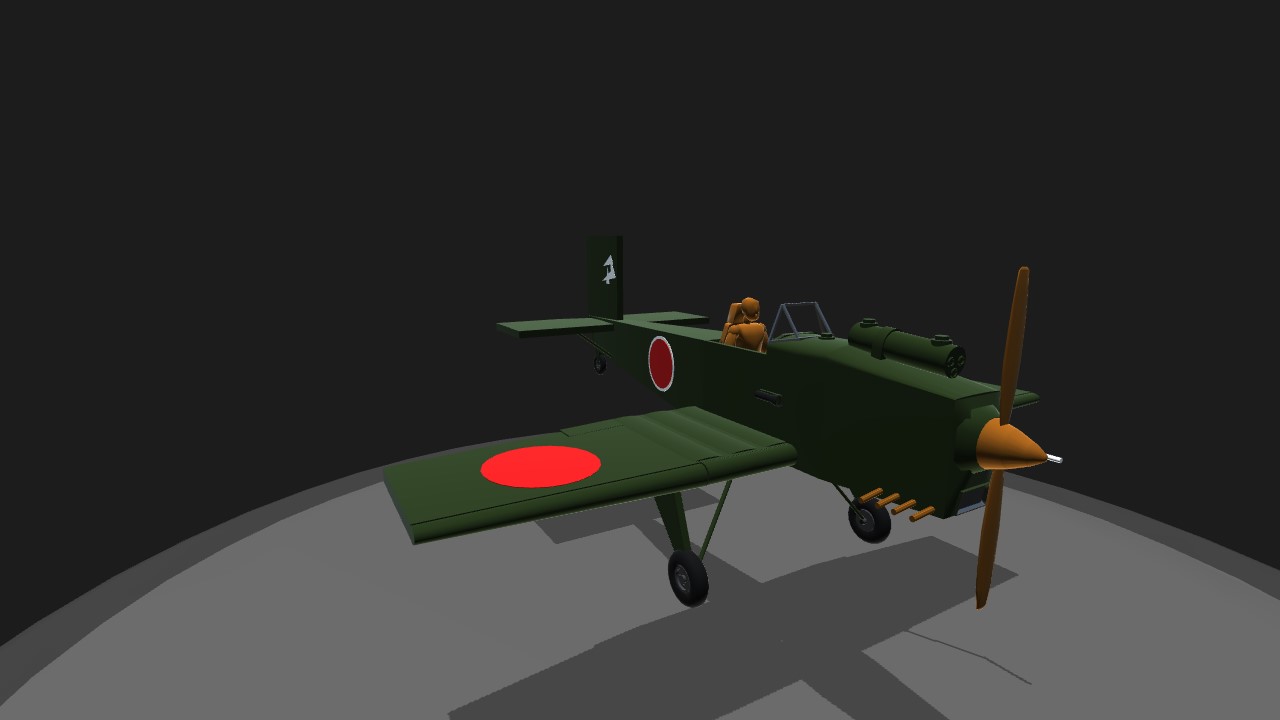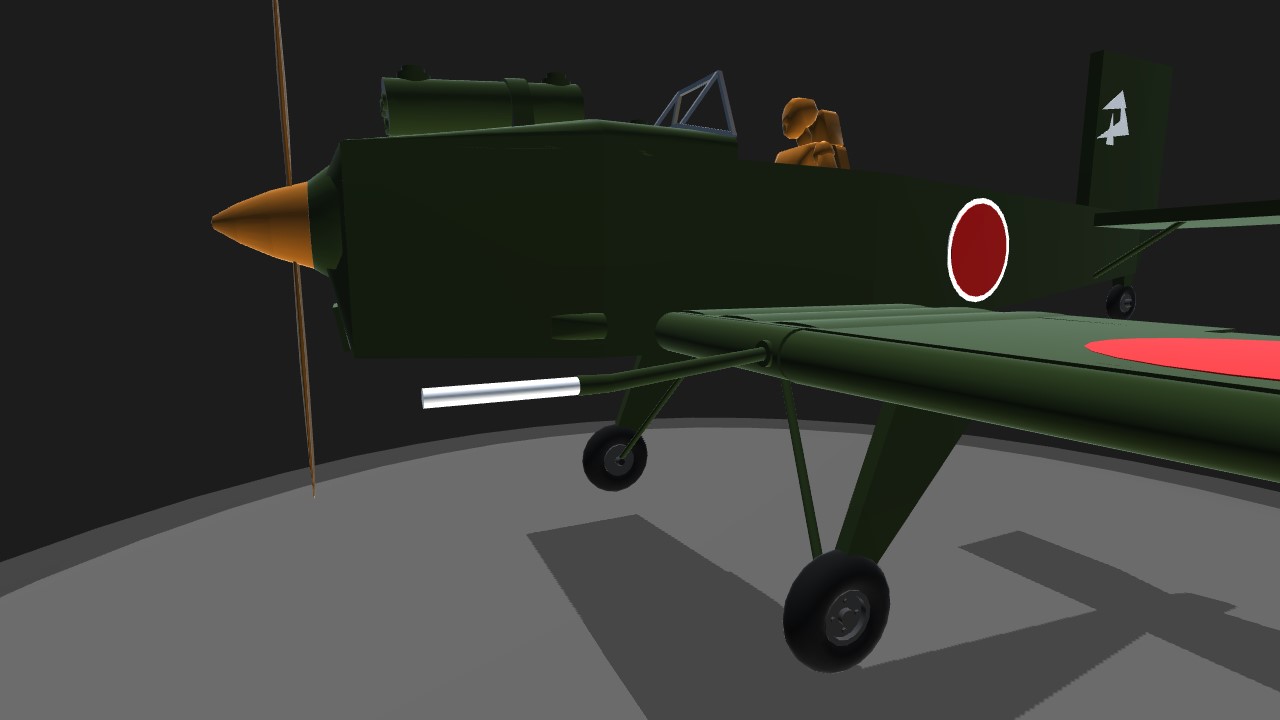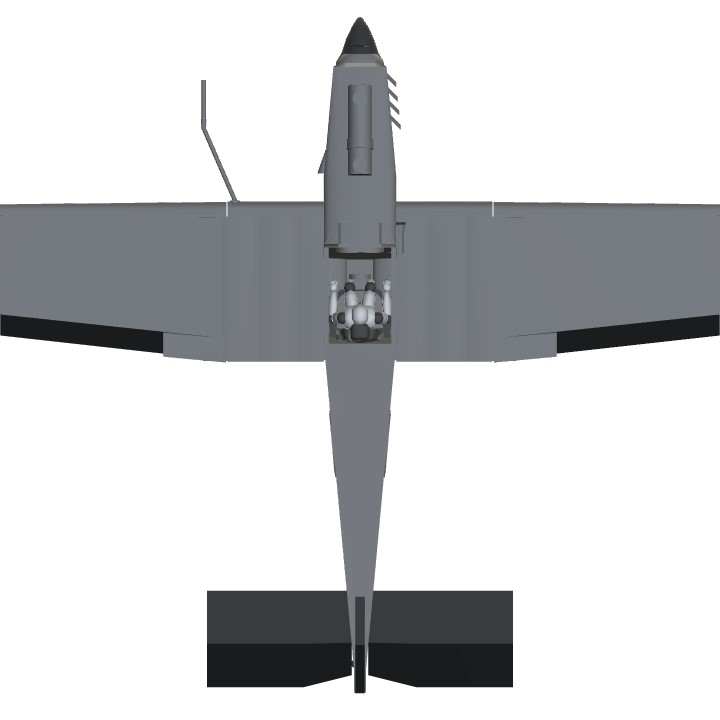The Ta-Go was an attempt at creating an easily made and cheap kamikaze aircraft in anticipation of Operation Downfall and Operation Olympic. The plane would have been used by special “shinpu” (kamikaze) units to ram advancing Allied tanks, infantry, and boats. Fortunately for the Allies, the Ta-Goo project was canceled once the Empire of Japan capitulated. The Ta-Go was a single-seated kamikaze plane made mostly out of plywood, fabric, and wood lathes. The original Ta-Go design used wood lathes for the fuselage and structure and used plywood and fabric for the outer skin and control surfaces. The pilot’s compartment featured a simple acrylic glass. The landing gear was fixed
Ta-Go (Revised Version)
Wingspan 8.90m | 29.2ft
Length 7.40m | 24.3ft
Height 3.87m | 12.7ft
Wing Area 5.10m² | 54.9ft²
Engine Hitachi Ha-47 11 (110hp)
Take-Off Weight 565.5kg | 1,290lbs
Empty Weight 345.5kg | 761lbs
Maximum Speed 195km/h | 121mph
Cruising Speed 179km/h | 111mph
Range 150km | 93 miles
Maximum Service Ceiling 4,600m | 15,091ft
Crew 1 (pilot)
Armament 1x 100kg bomb
Controls
Activate 7 - Folding Wings
Specifications
General Characteristics
- Created On Windows
- Wingspan 24.5ft (7.5m)
- Length 22.6ft (6.9m)
- Height 11.3ft (3.4m)
- Empty Weight 800lbs (363kg)
- Loaded Weight 1,334lbs (605kg)
Performance
- Horse Power/Weight Ratio 0.187
- Wing Loading 8.3lbs/ft2 (40.7kg/m2)
- Wing Area 160.1ft2 (14.9m2)
- Drag Points 3436
Parts
- Number of Parts 131
- Control Surfaces 7
- Performance Cost 519






